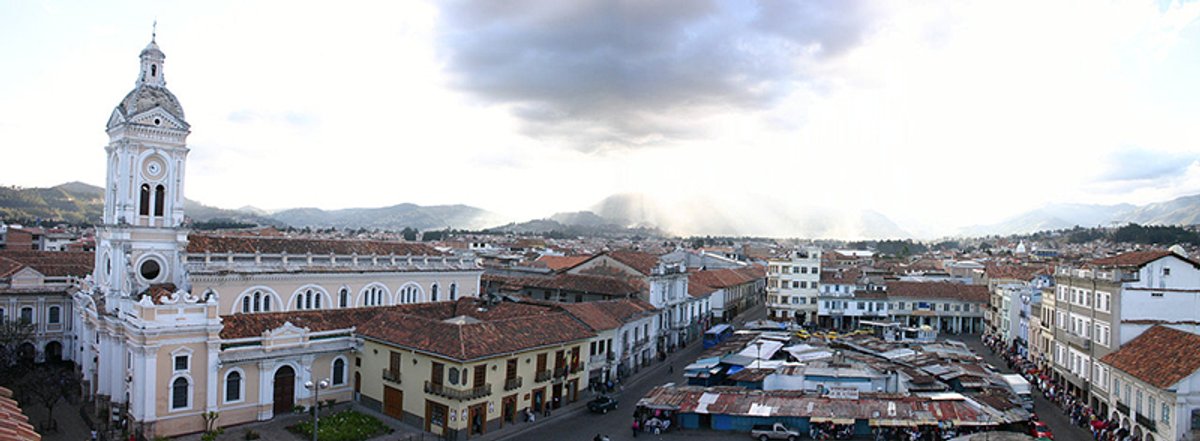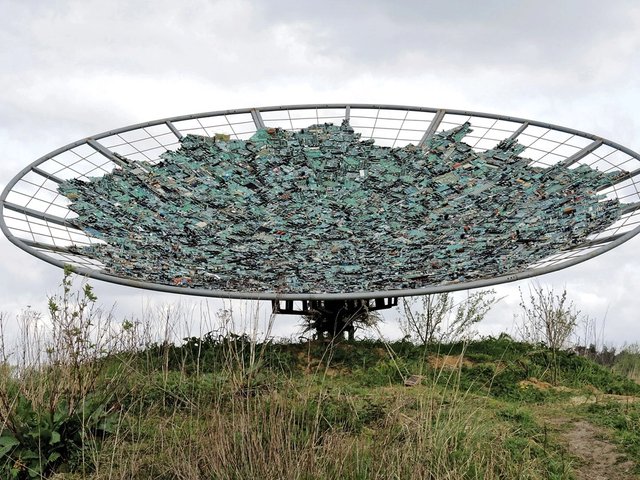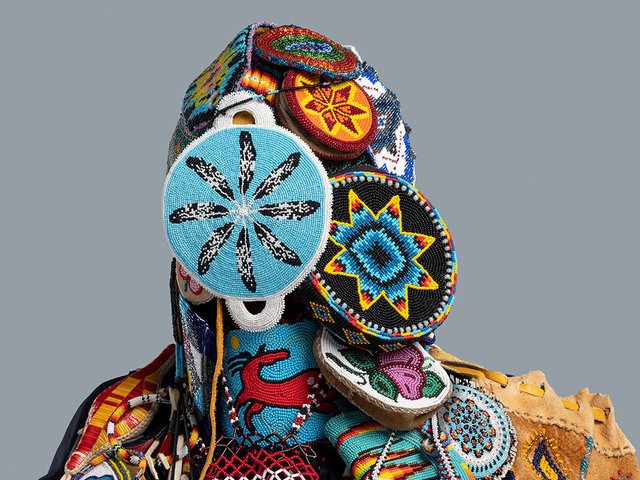If all goes according to plan, this year's Cuenca Biennial in southern Ecuador will feature 53 local and international artists, offering visitors a rich and pluralistic experience as they descend on the colonial city for one of Latin America's largest art encounters.
There is just one hitch: budget woes.
In a public letter to Ecuadorian government officials, the biennial´s director, curators, and artists have expressed "enormous worry" over “serious difficulties in obtaining the necessary economic resources to cover the production expenses of the works, without which, obviously, it will be impossible to inaugurate the next edition of the biennial”.
At issue is $100,000 that has yet to be disbursed for the event, which begins 23 November and runs through 3 February, 2019.
"Effectively, we still have a problem,” says the biennial’s executive director, Cristobal Zapata, adding that the funds needed from the Ministry of Culture and Heritage have not been “concretised".
The $100,000 would be the smallest federal allotment for the event since it was founded in 1987. And Zapata says the overall budget of about $1m is not much for putting on the entire biennial and paying for the production and travelling expenses of the 53 artists who will participate.
"We're still going to have a deficit," Zapata says.
"It's incredible that the most important cultural event in the country— for its history, prestige, impact, national and international role, for the interest it sparks in the community— doesn't have state contributions squared away," he adds.
"We have not cancelled anything–we hope we won't have to,” Zapata says. “We are going to put our body and soul into doing the biennial.”
Planners initially expected to receive $300,000 from the ministry for the biennial. But Zapata says organisers were told this year that officials would allot $100,000 and turn the matter over to the country's Institute for the Promotion of Arts, Innovation and Creativity, which administers funds for cultural events.
The director of the institute, Ronald Verdesoto, says that he expects the funds to be disbursed at the beginning of September and that the money was delayed because the request had to be routed from the ministry. He says the amount granted was less than requested due to austerity measures under the government of President Lenin Moreno.
"Everything depends on macro fiscal policy," he adds, noting that the institute stretches its own budget to cover a variety of cultural events in Ecuador.
"What we can do—the maximum we can do— we’re doing right now," he says.
The theme of this year’s biennial, Living Structures, comes from a work of that title by the Brazilian artist Lygia Clark and is based on the idea that art is a pluralistic journey. Works will be displayed at some 20 locations around the city as viewers are invited to reflect on ¨how people relate to art in Latin America¨, says the curator Jesus Fuenmayor.
For artists, it's all about making the art happen, even if cutbacks are necessary.
"Conditions are a little more precarious," says José Luis Macas, an Ecuadorian artist who is planning a public art project that extends 3 km based on the sun's path during the spring and fall equinoxes.
He says the budget squeeze has led him to reduce the parameters of his work, which includes 12 interventions featuring geometric figures on the facades of houses and other buildings and a recording of a “choreographic” procession that will be part of a video installation. Rather than pay for the assistance of an audiovisual producer to record and rework the procession, he says, he is now collaborating with students who study communication.
"For Latin Americans, we're unfortunately used to dealing with these sorts of problems and with bureaucracy," says Pablo Helguera, a Mexican-born artist who will exhibit work at the History of Medicine Museum in Cuenca. But “a biennial can't be done without money".




